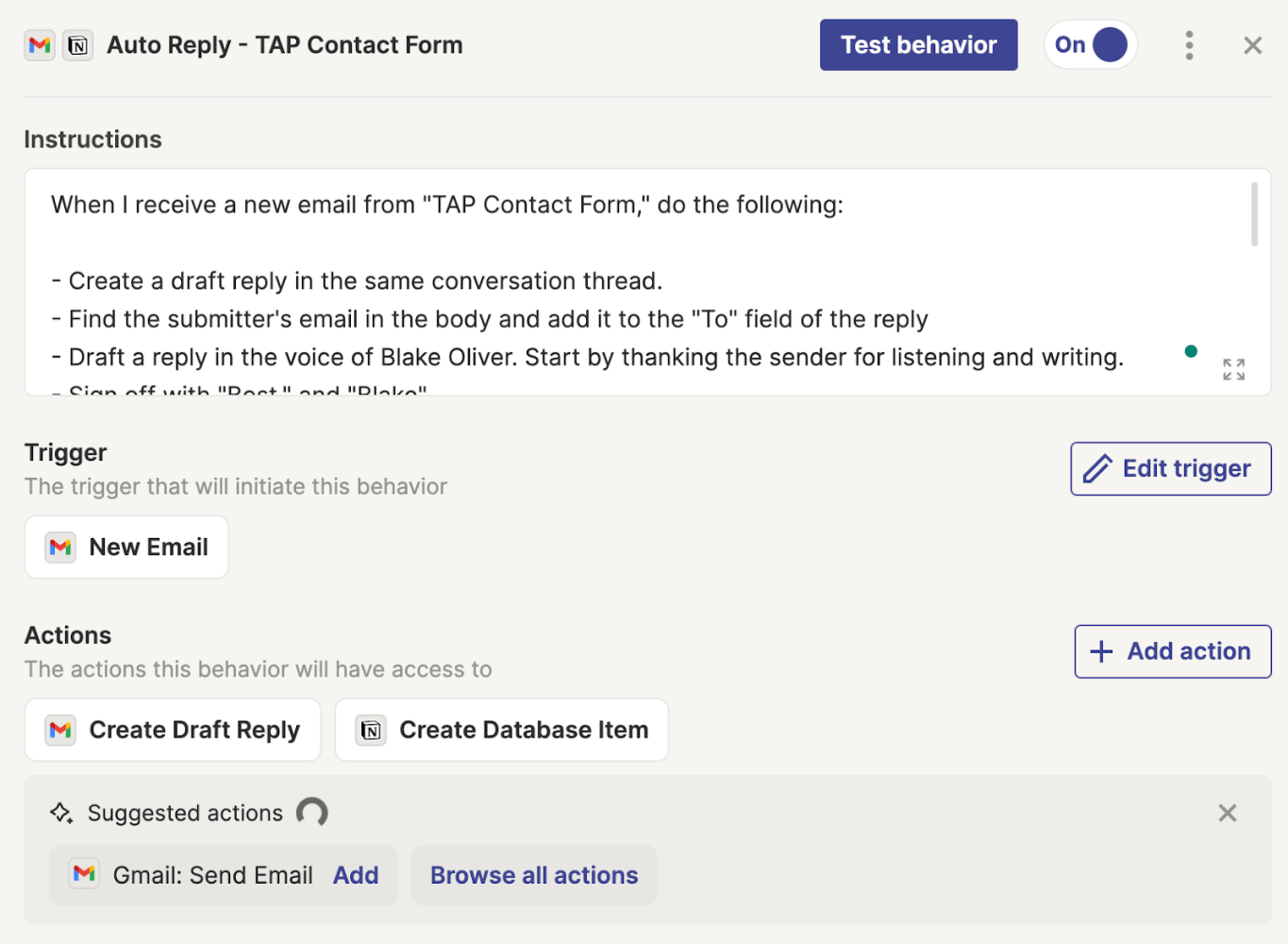Think working at the Big Four is the only way to make it big in accounting? Think again. Cody Turley’s story might just change your perspective.
On a bonus episode of The Accounting Podcast, Cody Turley, a CPA and CFE currently working at the SEC, challenges the notion that Big Four experience is the only route to success in accounting. He shares his experience to demonstrate that working at top organizations in industry or government can provide equally valuable experience and open doors.
The Power of Non-Traditional Accounting Internships
Cody’s path began with an unconventional internship at the SEC. And it wasn’t that difficult to get.
“So I really liked the show Suits,” Cody recalls. “And at one point they get in trouble with the SEC. And that just kind of peaked my mind about forensics. I should go and look at what that is. And I just applied online, and I got a call back and that’s it. That’s how I got that internship.”
Cody’s internship at the SEC exposed him to high-level tasks and responsibilities, such as reviewing complaints against companies of all sizes. The SEC’s name recognition also helped open doors for Cody in his subsequent career, even years after the internship.
A Government Job Doesn’t Mean Slow Advancement
After the SEC internship, Cody landed a job at the Arizona Corporation Commission. In his mid-20s, he was leading a forensic accounting team. “A year of experience, and I’m testifying, which just doesn’t happen at [public accounting] firms,” he shares.
Leading a team of more experienced employees was challenging but rewarding for Cody, as it provided opportunities to learn from their experience while guiding the team. His age did not hinder his ability to lead effectively, demonstrating that leadership skills and expertise can be developed early in one’s career, even in a government role.
Navigating the Complexities of Government Roles
Cody then returned to the SEC. His current role involves investigating offering frauds such as Ponzi schemes, tracing assets, and reviewing audited financial statements to identify errors. He collaborates with auditors and companies to investigate potential issues, often through subpoenas and interviews.
One of the challenges Cody faces in his role is interacting with large accounting firms. However, he emphasizes the importance of focusing on the learning process and gathering information rather than trying to be “better” than the firms in every instance.
How to Land a Government Accounting Role
For accounting professionals interested in exploring government roles, Cody offers some practical advice based on his own experience.
He suggests applying online, as hiring tends to be more merit-based than the private sector. This levels the playing field for candidates who may not have extensive industry connections but possess the necessary qualifications and skills.
Cody also highlights the benefits of working in smaller teams within government agencies. These teams can allow for rapid skill development and increased responsibility compared to private accounting firms’ more structured and hierarchical environments.
A World of Possibilities: Future Career Options
Cody’s government background has created many potential future paths, including moving up in government, transitioning to state-level roles, or pursuing opportunities like internal audit at major corporations. His skills are highly transferable and sought-after.
“The biggest company I’ve received an offer from was Disney at one point to be on one of their internal investigation teams,” Cody reveals. This highlights the value that the private sector places on the skills and experiences gained through government accounting roles. His background in investigating financial crimes and navigating complex regulatory environments has equipped him with a unique skill set that is highly sought after by businesses looking to strengthen their internal audit and compliance functions.
The Bottom Line: Finding Your Own Fulfilling Path
Cody’s experience shows that there is no one-size-fits-all approach to building a successful and fulfilling career in accounting. While the Big Four path may be the right choice for some accounting majors, future CPAs need to explore the full range of options available and find the path that aligns with their unique interests, skills, and goals.
Whether it’s pursuing government roles, seeking out industry positions at top companies, or exploring specialized fields like forensic accounting, there are countless ways to build a rewarding career in this dynamic field. The key is to remain open to new opportunities, seek diverse experiences, and never stop learning and growing.
So, if you’re ready to take control of your accounting career and explore the exciting possibilities that await you, listen to the full podcast episode featuring Cody Turley. His insights and experiences are sure to inspire you and provide valuable guidance as you navigate your professional journey.



